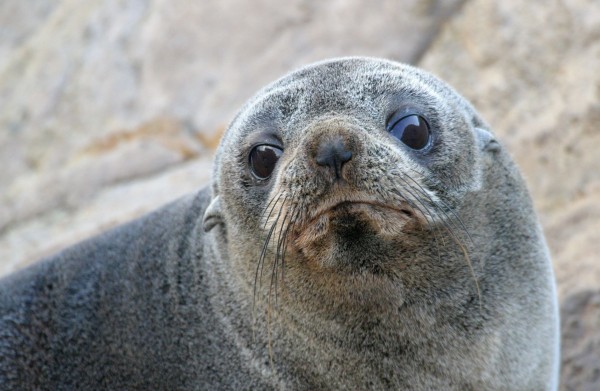Newswise — A groundbreaking international study shows how chemical fingerprints left by “underappreciated” aquatic organisms could help scientists monitor global environmental change.
The study, led by the University of South Australia (UniSA), reveals how various understudied aquatic species act as “natural data loggers,” providing a historical record of the environment.
Lead scientist Dr Zoe Doubleday, from UniSA’s Future Industries Institute, collaborated with researchers from Canada, Croatia and the UK to synthesise hundreds of studies that analyse chemical variations in the shells, teeth, and bones of weird and wonderful organisms.
“Many aquatic organisms – like whales, seals, octopus and even algae – harbour chemical fingerprints that can give us a record of the environment over time, from historical water temperatures, pollution levels, and ecosystem health,” Dr Doubleday says. “They can also be used to predict the future.”
“Unlike traditional environmental monitoring, which can be costly and time consuming, or simply impossible, these organisms provide cheap, ready-made, archival data, which can be extracted using a scientific method called chemical sclerochronology.”
The research team compiled an extensive database of studies on “underappreciated” organisms, ranging from sponges and barnacles to marine mammals, and everything in between.
The team’s analysis has uncovered gaps in the current research landscape, highlighting previously understudied species and structures as alternative environmental indicators.
“These findings are crucial, as data on aquatic environments is both scarce and challenging to gather, especially in remote regions like the polar seas or deep oceans, both of which are sensitive to climate change,” Dr Doubleday says.
“Expanding our focus beyond traditional methods and species will allow scientists to tap into a wealth of data that’s been largely overlooked until now. It will help us to track environmental changes, species ecology, pollution and human impacts, informing conservation strategies so we can manage our ecosystems more effectively.”
“Capitalising on the wealth of chemical data in the accretionary structures of aquatic taxa: opportunities from across the tree of life” is authored by researchers from the University of South Australia; University of Toronto; Memorial University of Newfoundland and Labrador; Institute of Oceanography and Fisheries; and the University of Southampton. It is published in Limnology and Oceanography Letters. DOI: 10.1002/lol2.10448
